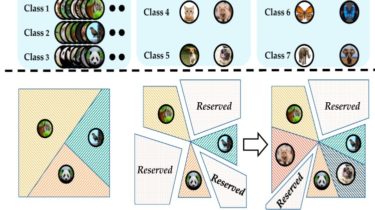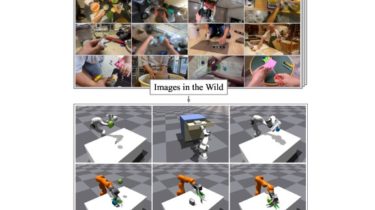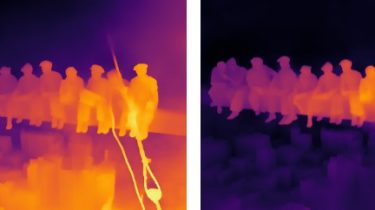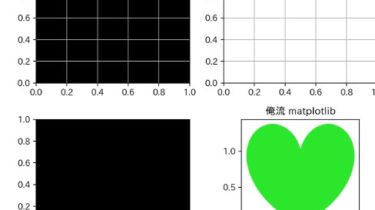Forward Compatible Few-Shot Class-Incremental Learning
The code repository for “Forward Compatible Few-Shot Class-Incremental Learning” [paper] (CVPR22) in PyTorch. If you use any content of this repo for your work, please cite the following bib entry: @inproceedings{zhou2022forward, title={Forward Compatible Few-Shot Class-Incremental Learning}, author={Zhou, Da-Wei and Wang, Fu-Yun and Ye, Han-Jia and Ma, Liang and Pu, Shiliang and Zhan, De-Chuan}, booktitle={CVPR}, year={2022} } Forward Compatible Few-Shot Class-Incremental Learning Novel classes frequently arise in our dynamically changing world, e.g., new users in the authentication system, and a machine […]
Read more





